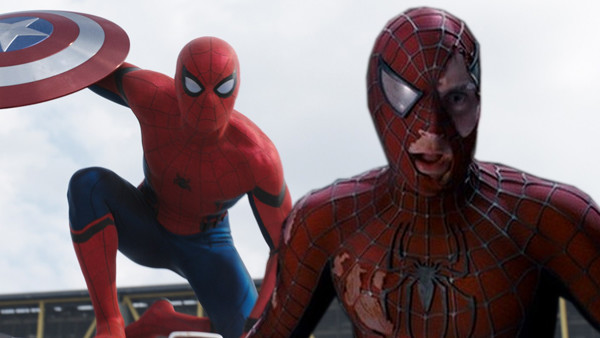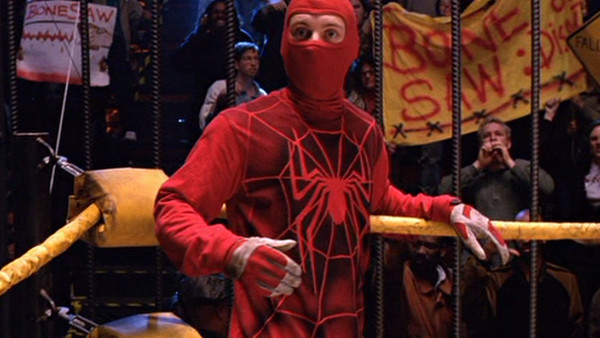Spider-Man: Homecoming: 8 Things It Must Learn From The Sam Raimi Originals
With great hindsight comes great rewatchability...

With Spider-Man: Homecoming hitting next year, we're set to get our third film iteration of Spider-Man in the space of a decade. But this time it's a bit different - following what many consider to be the flawed and disappointing The Amazing Spider-Man films (there's a case to be made for the first, not so much number two) the character has made his way from Sony back to the hands of Marvel Studios.
Though the details of that arrangement are complicated (Sony still produces solo films from the wall-crawler), the most important thing is that Spider-Man will now exist in the Marvel Cinematic Universe. At last, this is a chance for Spider-Man to live up his full potential.
And they'd be stupid to take inspiration from where it all started: Sam Raimi's original Spider-Man trilogy. So many superhero movies have come and gone since then that it's easy to forget just how brilliant the first two entries are – the way they handle everything from story to characters is something that every superhero film could do with paying attention to.
With so much in there done right, then, it would be disastrous for Spider-Man: Homecoming to ignore the brilliance of what came before, especially in light of the mess that was The Amazing Spider-Man 2. With that said, here are eight things Homecoming must learn from the Sam Raimi originals.
8. It's Okay To Take Your Time (In Fact, It's Essential)

Homecoming doesn't have the crutch of an origin story – at this point the world is pretty burnt out on how Peter Parker came to be Spider-Man, so he's entering the MCU fully formed.
With this out of the way, the temptation could be to rush into the action and witty web-based antics, but Homecoming should use this valuable time granted by not having to boot up the story again to construct strong and convincing relationships between Peter and his family and friends, especially since the film is pipped to focus on Parker's high-school experiences.
In Sam Raimi's trilogy, a lot is covered in the initial twenty-five minutes before Peter even climbs his first wall. Not only do we see his infatuation with Mary Jane, his interest in photography and his loving relationship with his aunt and uncle, we're also given a glimpse into the lives of our tertiary characters, like Harry Osborn's insecurity about being chauffeured around in his dad's car and Mary Jane's volatile relationship with her father.
Given how well this set the scene for the whole trilogy, it should be clear that slowing down to develop Peter's world is essential.